Sometimes, numbers do all the talking. Take a glimpse at these figures that tell us a lot about environmental issues.
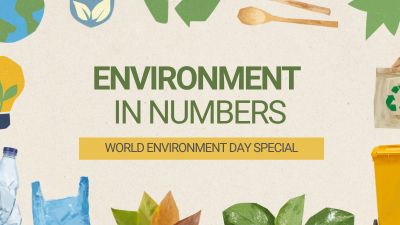
June 5 is World Environment Day. It’s a day to reflect on what we need to do to come to Planet Earth’s rescue. Remember, when the Earth calls out for help, it’s our duty to answer.

Here are some numbers that tell stories. Click on them to find out what they represent.
How good is your knowledge of words related to the environment? Find out with this crossword.
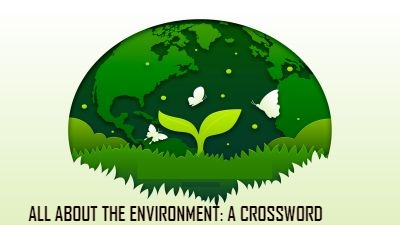
With World Environment Day round the corner, here is an activity that ups your knowledge of green vocabulary. Use the text and picture clues to find the word.
What is a tornado? Why is this twisting spiral of wind so dangerous? Here’s a video that tells you all about it.


Charlie and the Chocolate Factory? Roald Dahl. The Grinch? Dr Seuss. Can you match the author with the book in this simple puzzle?
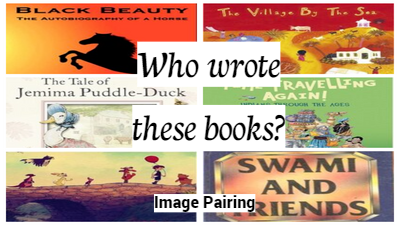
I’m sure all of you are familiar with the names of the authors of your favourite books. Here is an easy puzzle to test your knowledge. Can you match the image of the author with his/her books?
With a little bit of chopping, stirring, and lots of fun, dive into the world of cooking and create your very own ratatouille.

Ratatouille (pronounced ra-tuh-too-ee) is a famous French dish. It is an easy summer dish that consists of stewed vegetables. A colourful dish, it is not only super tasty but also a great way to eat up your favourite veggies. Find out how you can make your own version of Ratatouille.
Kolkata Knight Riders walked away with the trophy in the final of the IPL 2024. Here’s a quick overview of the match and an activity for you.

Wasn’t that a one-sided match? A victory in 10.3 overs with just two wickets lost.

Sunrisers Hyderabad, led by Australian cricketer Pat Cummins, were put into bat first and made just 113, the lowest total in an IPL final. The captain top scored with 24 with KKR’s Andre Russell finishing with bowling figures of three wickets for 19 runs in 2.3 overs.
Batting second, KKR romped home in style, scoring 114 in 10.3 overs. Top scorer Venkatesh Iyer was 52 not out and also hit the winning run. Afghan cricketer Rahmanullah Gurbaz gave the team a cracking start by making 39 runs off 32 balls before getting out. This is KKR’s third IPL trophy. Interestingly the team’s mentor Gautam Gambhir was the captain when KKR won the 2012 and 2014 IPL finals.
Now here’s an activity for you. This is an on-field scene after the winning run was hit. Click on start and put the pieces back together to form the image again.
What are the different kinds of rocks found on the Earth’s surface? How are they formed? Watch this video to find out.
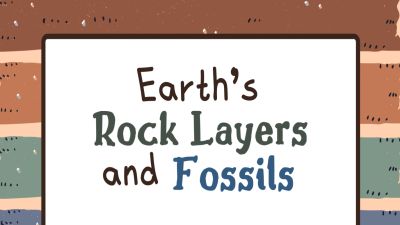

Do you want to make a difference in the world around you? You could consider a career in environmental law when you grow up.
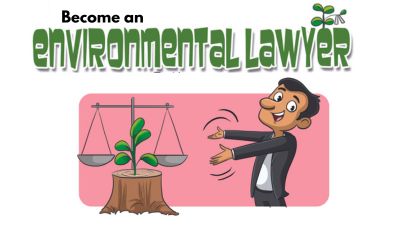
June 5 is World Environment Day, an opportunity to think about how we can contribute to protecting the planet. What if you combine your passion for the environment with a career path? Embarking on a career in environmental law offers this chance. As an environmental lawyer, you’ll be at the forefront of legal battles that shape the future of our planet.
What does an environmental lawyer do? How can you become one? Scroll through these slides and find out.
When you visit other countries, it’s nice to greet people in their language. Learning these greetings might come in handy.

When you meet people from different countries and cultures, greeting them is the first step towards connecting with them. When you do this in their language, it can be an ice-breaker. It also shows that you are open to new cultures and experiences.

Here’s a simple task for you. Below are words used to greet people in 10 different languages. Can you match them with the language correctly?
Splash! Swimming can be a lot of fun, but did you know that it also has a host of benefits? Read on.
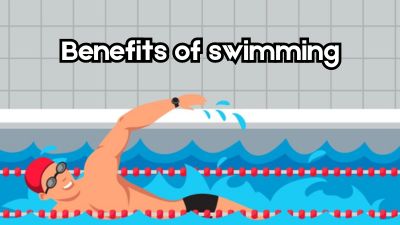
Do you know how to swim? It can be a great way to improve your fitness and keep you physically active. It is one of the most versatile forms of exercise, suitable for people of all ages and fitness levels. Take a look at the various benefits it offers.
Move the slider to go from one point to another.










